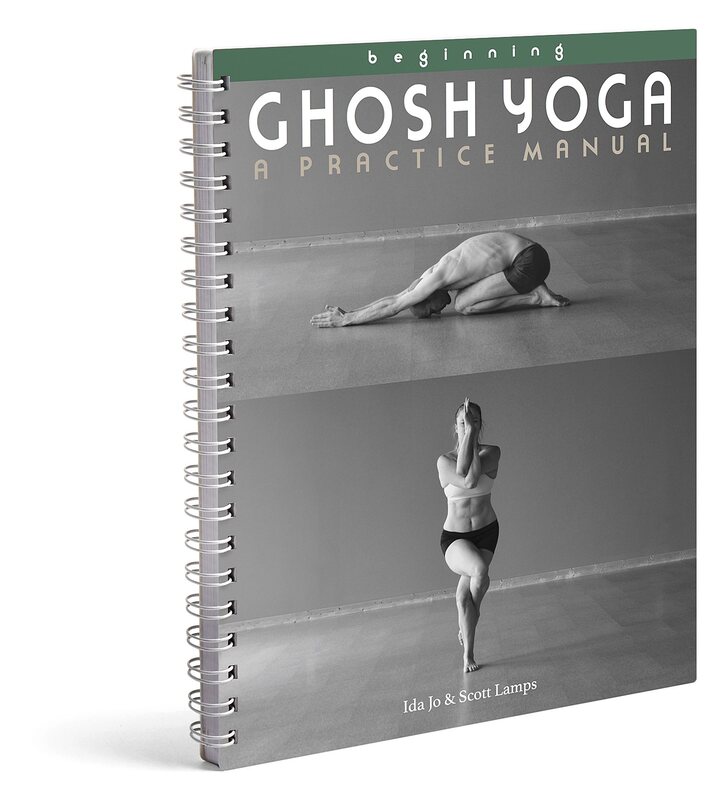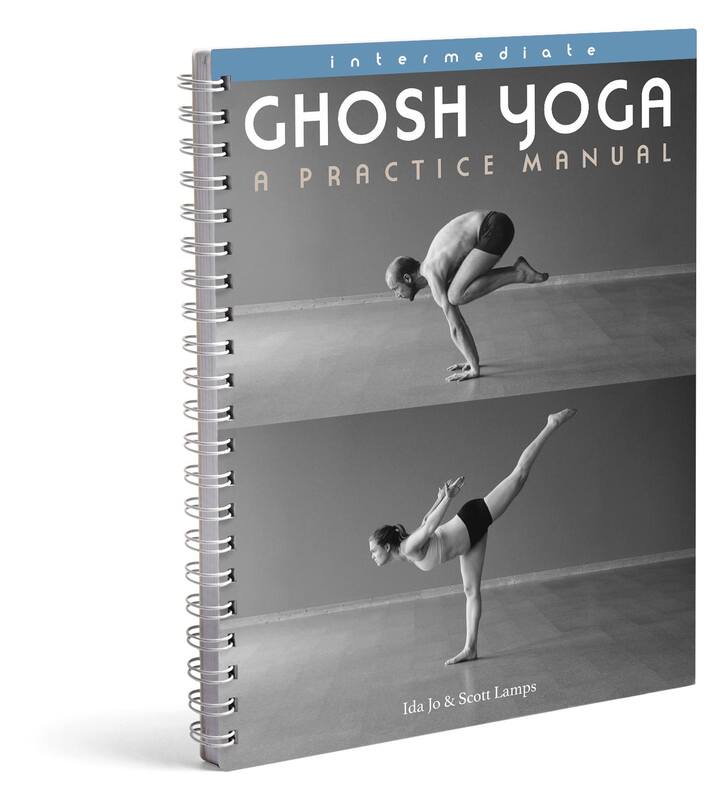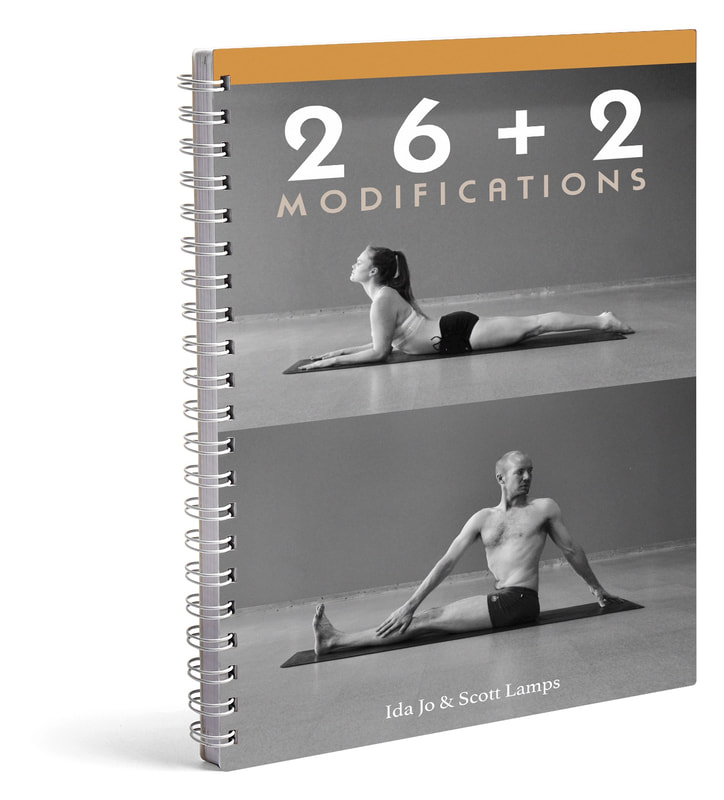|
So many yoga words are from Sanskrit, an ancient language that is an ancestor to modern-day Hindi and many others. When we use these words as English speakers and translate them into English, we have to convert them into our alphabet, since Sanskrit uses a different one.
We end up having to approximate some of the Sanskrit sounds since we don't necessarily have them in English. Also a system of marks, like accents, lines and dots (called diacritics), has been developed to clarify the sounds of the Sanskrit language. If we don't read these marks correctly, we can end up pronouncing a word wrong. Let's look at two commonly mispronounced yoga words: shavasana and chakra. SHAVASANA Shavasana means Corpse Posture, since the word shava means corpse. The first letter of the word is श, pronounced sha. When it is written in English, the word usually gets a little accent mark over the "s", śavāsana. This is the official, scholarly way to write the word. But as you can see, if you don't read the accent, the word looks like "savasana", with the "s" sounding like "sedan" instead of "sh" like "shirt". So the word is commonly mispronounced as savasana, when the proper pronunciation is shavasana. CHAKRA Chakra means wheel. In the yoga world it often refers to visualizations or energy centers of a "subtle body". The first letter of the word is च, pronounced cha, with the "ch" sound like "chair". It often gets mispronounced as shakra, with an "sh" sound like "shout" or "chandelier". The same is true of the common Sanskrit word chandra, which means "moon". It is commonly mispronounced as shandra, but the correct pronunciation is cha-ndra with the "ch" like chair. Sometimes it is suggested that the pronunciation can vary, like toe-may-toe, toe-mah-toe. Or that a different pronunciation suggests a different meaning. That is not the case here, where the mispronunciation happens as a result of translating the Sanskrit sounds into English letters, and then reading them. The sound and spelling of these words in Sanskrit is quite clear.
1 Comment
Jan Craik
12/31/2018 11:22:25 am
Thank you for your insightful blog posts. I enjoy reading them. I practice Bikram yoga in New Zealand and my teacher has been to the training at Ghosh Yoga College in India. I notice that your blog posts don't get many comments, but please don't stop them! I learn a lot and find them inspiring to read. They encourage me to continue practicing and learning.
Reply
Leave a Reply. |
AUTHORSScott & Ida are Yoga Acharyas (Masters of Yoga). They are scholars as well as practitioners of yogic postures, breath control and meditation. They are the head teachers of Ghosh Yoga.
POPULAR- The 113 Postures of Ghosh Yoga
- Make the Hamstrings Strong, Not Long - Understanding Chair Posture - Lock the Knee History - It Doesn't Matter If Your Head Is On Your Knee - Bow Pose (Dhanurasana) - 5 Reasons To Backbend - Origins of Standing Bow - The Traditional Yoga In Bikram's Class - What About the Women?! - Through Bishnu's Eyes - Why Teaching Is Not a Personal Practice Categories
All
Archives
May 2024
|







 RSS Feed
RSS Feed